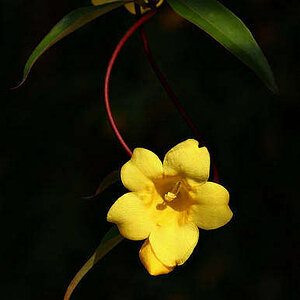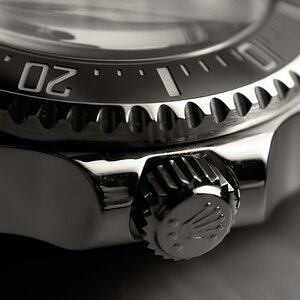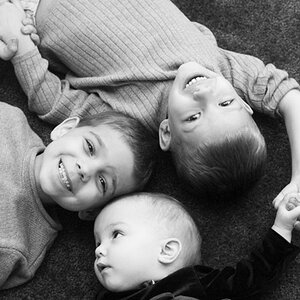Disclaimer: absolute beginner to photography.
Ok, so as I start learning the basics of product photography by browsing the web + trial & error, I came across one problem.
I want to closely match the lighting of the following shot,

but from an overhead angle. Since the shot is taken on a reflective (black) surface, the somewhat obvious problem I get is that from an overhead angle, the camera's reflection can be seen in the shot.
Here's an example of the reflection on the same surface as above. I tried playing a little bit with the distance, position, and number of lights. The reflection is always there with the combinations i tried.
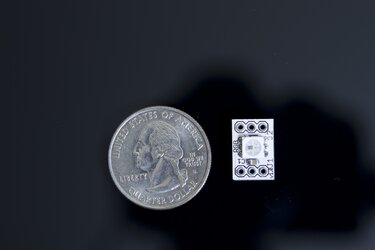
I'm open to setup suggestions (buying other surfaces/lights). At the moment, I have 2 tabletop lamps, and one softbox overhead. All three are continuous lights.
My question is, what kind of surface/lighting combination could I use to achieve a similar 'cloudy' look of the background from an overhead angle. I am at a loss so any suggestion is more than welcome. Thank you.
P.S. What is the correct term for describing the light appearance I showed? I couldn't come up with anything better than 'cloudy'.
Ok, so as I start learning the basics of product photography by browsing the web + trial & error, I came across one problem.
I want to closely match the lighting of the following shot,

but from an overhead angle. Since the shot is taken on a reflective (black) surface, the somewhat obvious problem I get is that from an overhead angle, the camera's reflection can be seen in the shot.
Here's an example of the reflection on the same surface as above. I tried playing a little bit with the distance, position, and number of lights. The reflection is always there with the combinations i tried.

I'm open to setup suggestions (buying other surfaces/lights). At the moment, I have 2 tabletop lamps, and one softbox overhead. All three are continuous lights.
My question is, what kind of surface/lighting combination could I use to achieve a similar 'cloudy' look of the background from an overhead angle. I am at a loss so any suggestion is more than welcome. Thank you.
P.S. What is the correct term for describing the light appearance I showed? I couldn't come up with anything better than 'cloudy'.


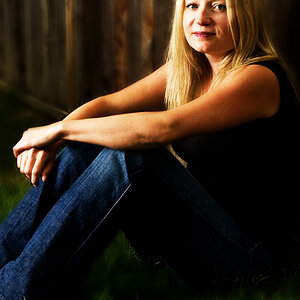
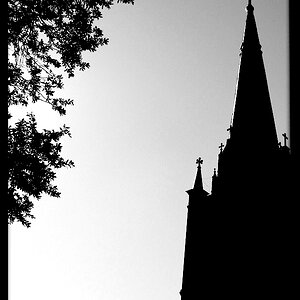
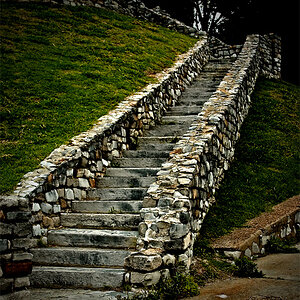
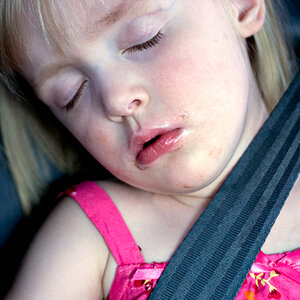
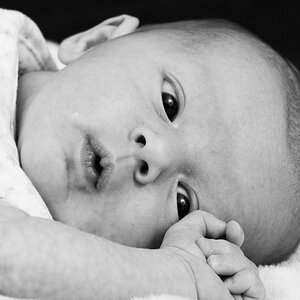

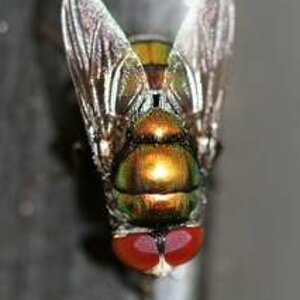
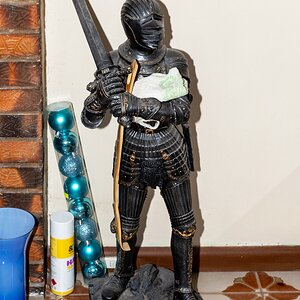
![[No title]](/data/xfmg/thumbnail/42/42278-22ed940cbdc5888a28d9be36006594dc.jpg?1619740086)
